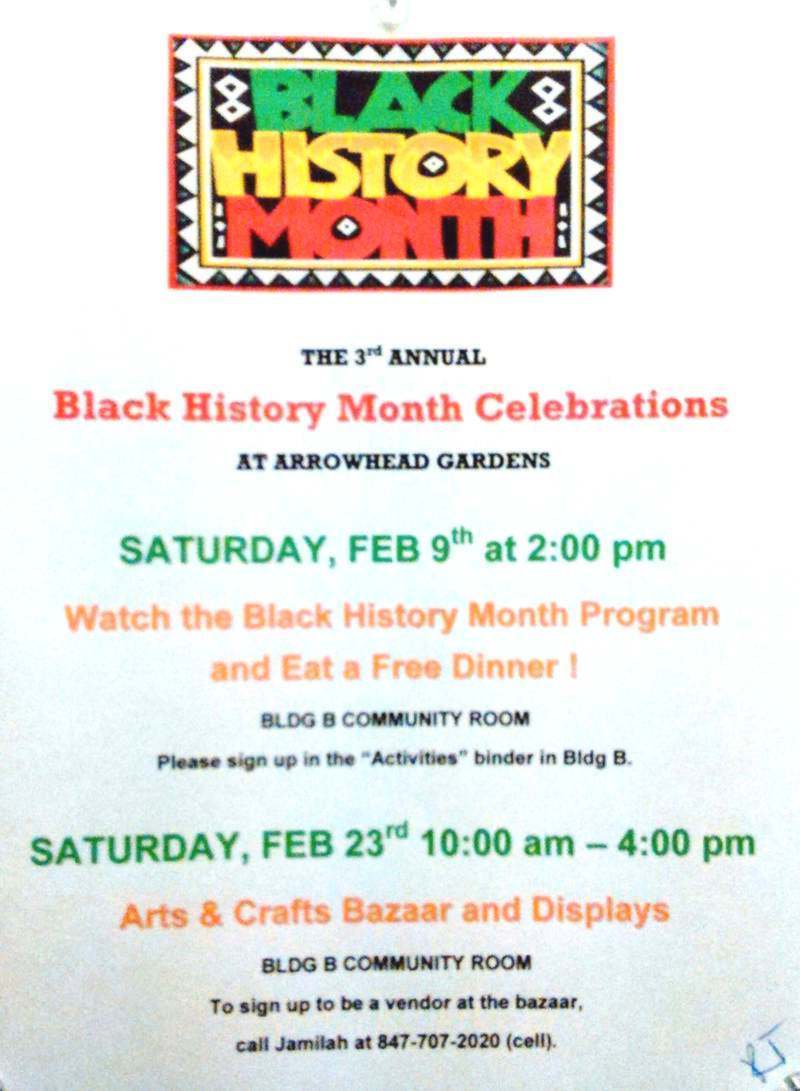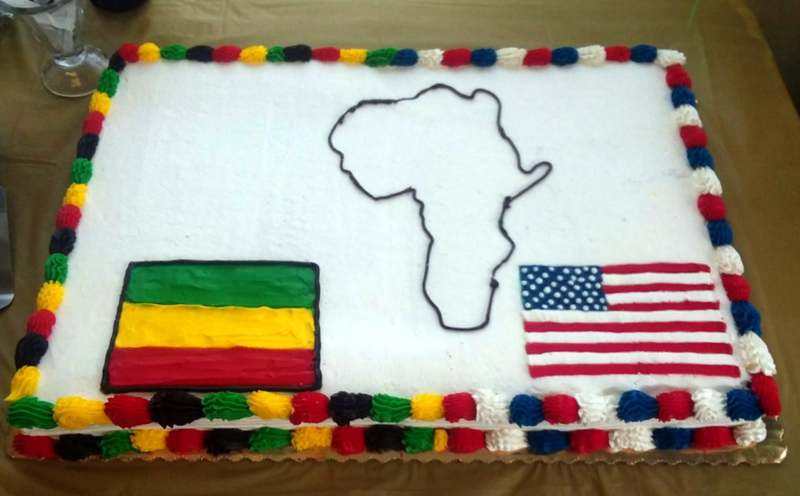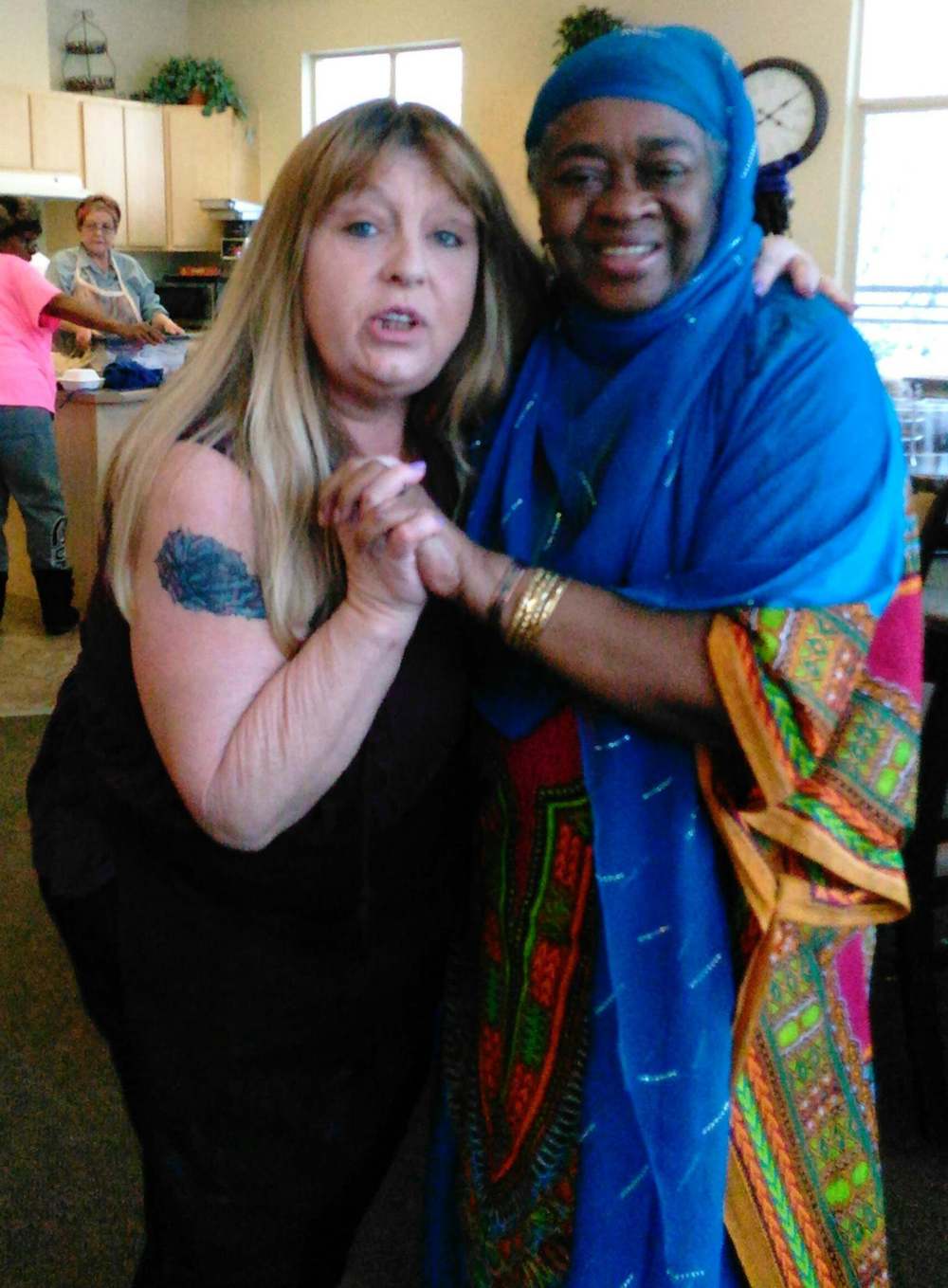Check out the movie schedule celebrating Black History Month
Movies are 11am on Wednesdays in B Building
Feb 1 In the Heat of the Night (1967)
Feb 8 Hidden Figures (2016)
Feb 15 Fences (2016)
Feb 22 12 Years a Slave (2013)
Black History Month - February 2018
Black History Month - February 2019
Introduction to African American Women
The Daily Newsletter for Seattle is Free
🔹Black History Month got its humble beginning in 1915.
In 1915, thousands of African Americans traveled to Chicago to celebrate the 50th anniversary of emancipation in the state of Illinois. Among the visitors was Carter G. Woodson, a University of Chicago Alumni. Inspired by the celebration of Black achievement, Woodson created the Association for the Study of Negro Life and History. Eleven years later, ASNLH established Negro History Week in February 1926. (ASALH.org)
🔹From Black History Week to Black History Month.
The association's Negro Achievement Week was so successful, the association had to build branches from the east coast to the west to deal with demand. Woodson saw this as a good sign and wanted to move from one week of acknowledging Black History to integrating Black History into year-long learning. Woodson claimed Black History was “too important to be crammed into a limited time frame.” In 1976, Black History Month was officially recognized by the U.S. government. (ASALH.org)
🔹Why February?
The reason Woodson chose to commemorate Black achievements in February is that Abraham Lincoln and Frederick Douglass were both born in February. The birthdays of these two men were already celebrated by many Black communities thanks to the part Lincoln and Wilson had in Black advancement. Therefore, Woodson wished to keep the celebration of Black achievements within already established traditions within the Black community. (ASALH.org)
The importance of Black History
🔹Black History IS American History.
157 years before the United States Constitution was signed, the first group of enslaved Africans was brought to Fort Monroe in Virginia. From that point on, enslaved people would be the cornerstone of the American economy and infrastructure. Yes, Black History is given a pedestal in February, but that does not mean it is separate from the history of this nation as a whole.
🔹Black History is under attack.
As we are writing this article, Trump announced – as part of his 2024 presidential campaign – that he will withhold federal funding from any school teaching CRT or “any other racial content.” This comes on the coattails of DeSantis’s months-long battle of erasing Black History and Black districts.
🔹 “What happens to any of us, anywhere in the world, had better be the business of us all.”
You might be thinking, this all sounds horrible, but we don’t live in Florida, we live in Washington. But as the quote from Mamie Till states above, we are more connected than we’d like to think. Thankfully, we do live in Washington where, just five days ago, Governor Jay Inslee signed Executive Order 22-04. The order commits all executive branch agencies to commit to an anti-racist governing system. The Office of Financial Management stated its commitment towards this equitable governing on its website and is looking for feedback from the community on how to achieve a more equitable future. You can reach out to the OFM here 👉 ([email protected])




 RSS Feed
RSS Feed